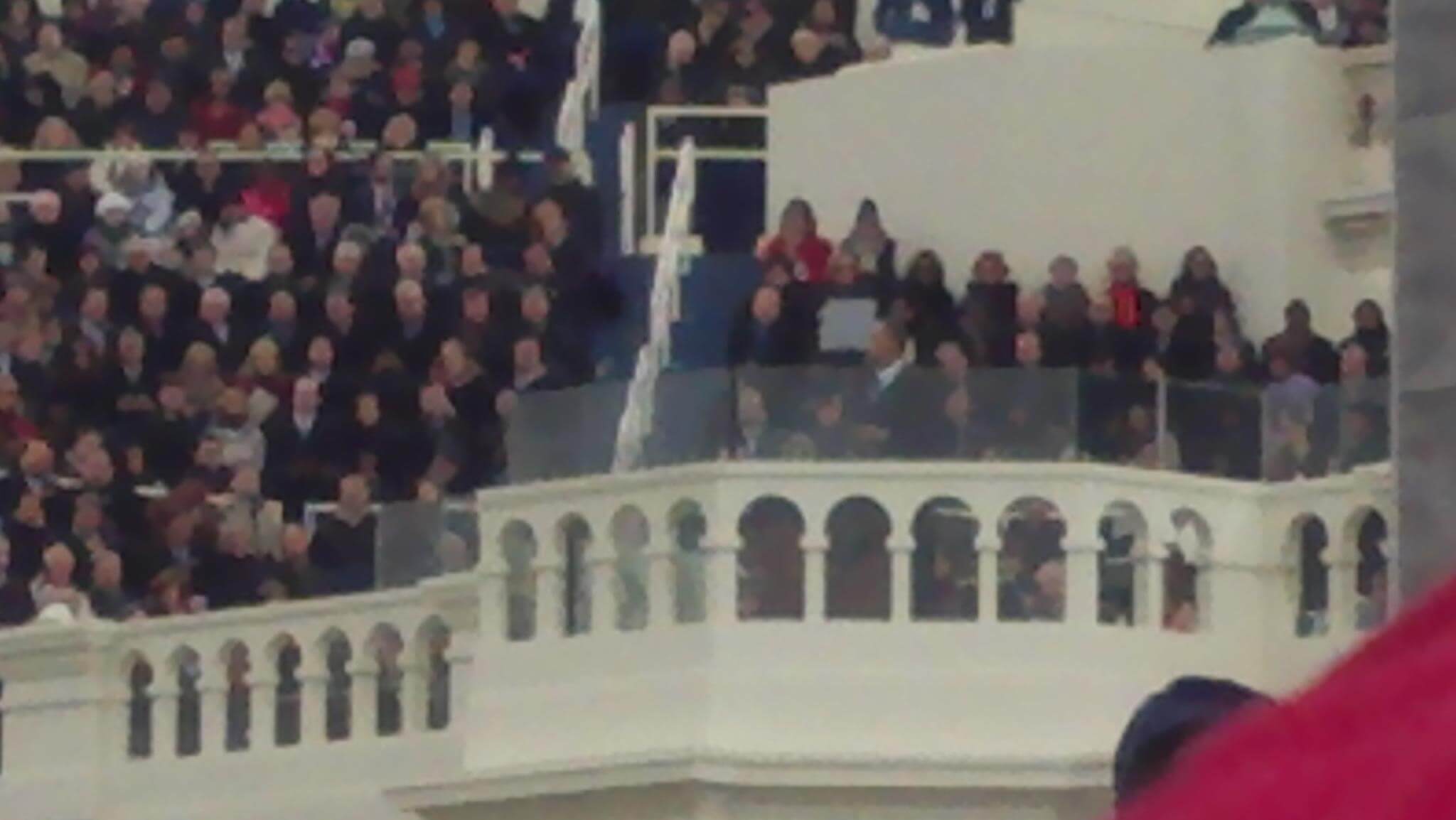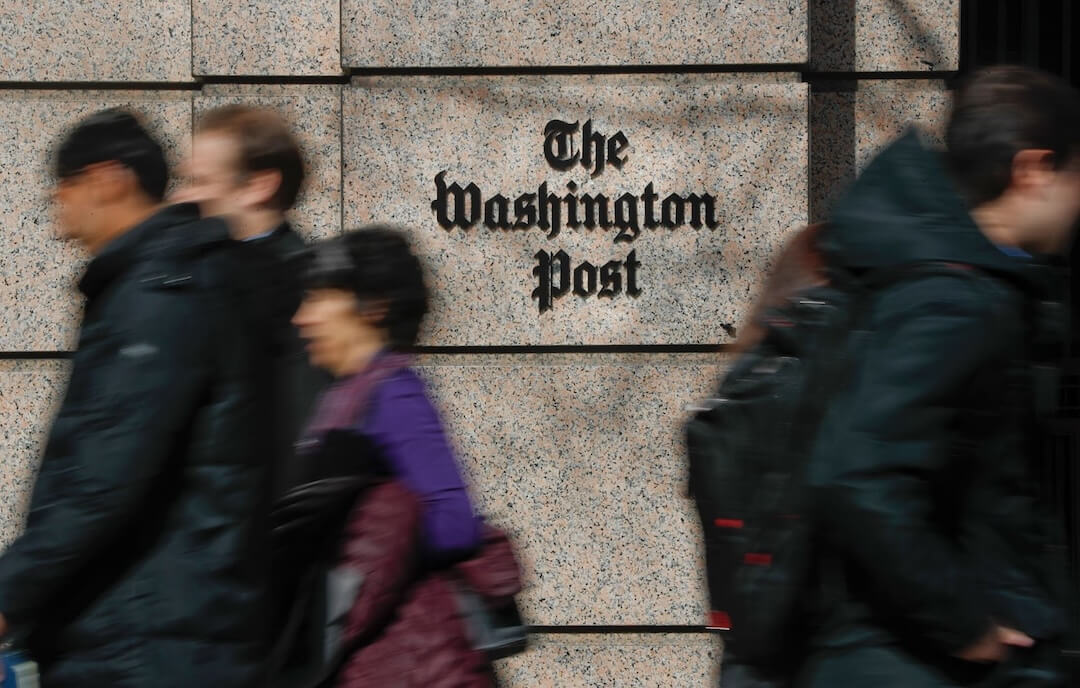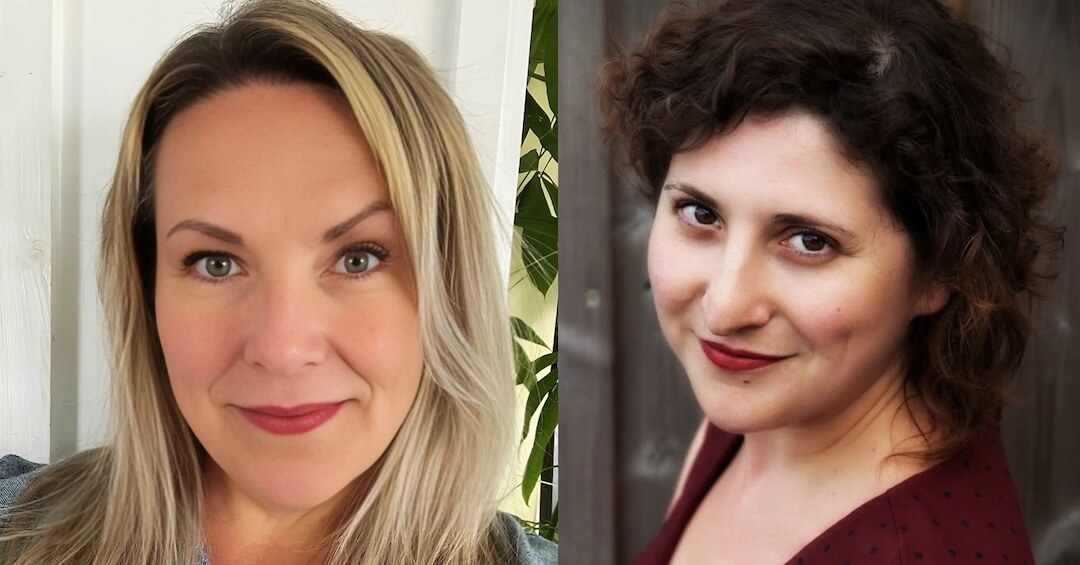The title of this tipsheet comes from a comment by Mario Garcia of The Poynter Institute. As he traveled around the country redesigning newspapers, he was struck by how many newspapers cover only the visible news, leaving the invisible stories behind the news uncovered.
We fill most of our newspapers with predictable, event-driven accounts that rehash what every other news outlet is reporting. Today’s newsrooms do a good job of covering the obvious. Elections, crashes, murders, tax increases, official meetings and pronouncements.
They hold drama, but it is obvious drama.
Yet reporters deal with drama and humor every day. They report and write stories about winners and losers, conflicts and resolutions, institutions that work and institutions that fail, people who overcome the odds and people who succumb to temptation.
How do we find these invisible stories?
The main thing we need to do is to systematically look for them. Here are ways to get beyond the routine in our coverage:
Cause-and-effect mapping
Develop a cause-and-effect map. Mapping is a standard idea producer for left/right brainers. Using it to find causes and effects helps to find the story. According to William Blundell, in his book, “The Art and Craft of Feature Writing,” it has two effects:
1) It helps identify in advance potential action elements in the story — the moves and countermoves that have high reader interest.
2) It helps stake out visually the story’s boundaries.
Limitations: time and distance. Don’t fall into the trap of brainstorming reactions or effects that haven’t occurred. If you get too far from your central development, you run the risk of looking for stories that aren’t there.
The “gravedigger” theory of journalism
Switching viewpoints can produce good stories. You can talk with the experts who never get their hands dirty or with the people digging the ditches. Don Murray says, “You may want to imagine your beat being covered by a screenwriter, a historian, a mystery writer, a New Yorker profile writer. Write a few pages in this new genre using the approach and the language to help you see the familiar anew.”
A variation of this is the “gravedigger” theory of journalism, named after Jimmy Breslin’s column on the assassination of John F. Kennedy.
While the president’s body lay in the Capitol Rotunda, celebrities lined up to be seen by the television cameras and the hundreds of print journalists on hand. Breslin, alone, went to Arlington National Cemetery where he found an old man digging the president’s grave.
Breslin described the man’s actions and talked with him about his feelings for Kennedy. No one reads the other accounts today. Breslin’s column has been reprinted and is still capable of moving the reader to tears.
The 3 “Ps”
Personalize, personify, puncture: Can we personalize the information, telling exactly what the development means to you? (People don’t care about “education.” They want to know about their children.)
Can the story best be told by finding someone who personifies the problem? (It’s a literary device: find real people to represent issues.)
Or should we puncture an assumption? Amanda Bennett of the Oregonian says all political and business decisions are based on assumptions. School reform is based on an assumption. Environmental regulations are based on assumptions. What are they and do they really work?
The shifting “Ws”
If the “what” was important on Tuesday, is the “why” important today? The emphasis evolves as the story does. Bring in all of the five “ws” and the how.
Below the surface
Keep asking yourself: “What is the real story?” The story isn’t the press conference; it’s the backroom brawl. The story isn’t the hero’s medal; it’s the hero’s heroism. The mayor honors a neighborhood woman for public service. The story isn’t the mayor’s proclamation. The story is finding the men and women who were influenced by the woman when they were kids. The preacher eulogizes a music teacher and a chorus of adults joins in the praise. The story isn’t the praise, but the people who were affected by the teacher’s methods, his character, his determination, and his inspiration.
Unfamiliar territory
Go to the experts to find out what questions we should be asking. What are the standards in the industry? What is acceptable performance elsewhere? What are the physical properties of the chemical and what can be expected of it?
The divining rod
1) Locate the emotional center of the story. Find the flare point, the anger, and the aggravation. Find the joy, the relief.
2) Locate the fault lines. Find the tension, the underlying conflict.
3) Locate the human faces. People make decisions, people suffer the consequences for those decisions. Who are the human beings making those decisions? What is the effect on real people?
4) Locate the end of the pipeline. Too many stories announce the start of a new government or business initiative. Find where those words come out of the pipeline and determine how the policy really works.
Story wave
Journalists use the word “story” for everything. A narrative is a story, an investigation is a story, and a brief is a story. For the moment, think of the word “story” as more than a one-day account. Think of it as the unfolding of an event, such as the unfolding “story” of the Watergate scandal or the unfolding “story” of a mountaintop rescue that takes days to happen.
In that event, keep asking yourself where are you in the story? Think of it as a wave. As the wave builds and rolls into shore, you are telling people the news event is coming. As the wave breaks, you are telling readers the news event is here and what it is doing to people. As the sea pulls the remains of the wave back, you are telling readers about the reactions to the event, the aftermath of the event.
— John Sweeney is the public editor and writing coach at The News Journal in Wilmington, Delaware. He is a former president of the Organization of News Ombudsmen. He is one of the founders and current site director of the Wilmington Writers’ Workshop, forerunner of the National Writers’ Workshops.





